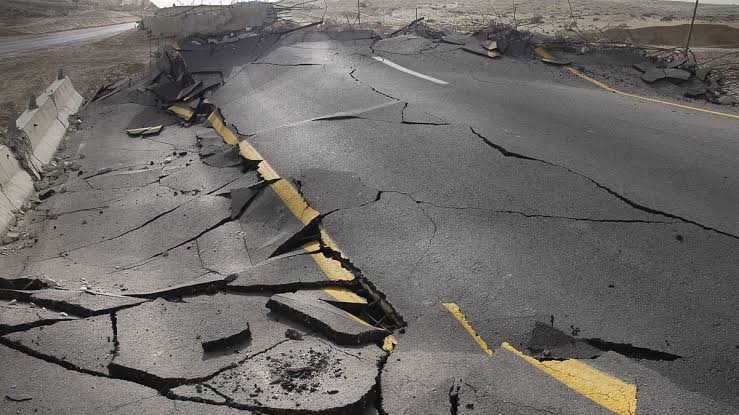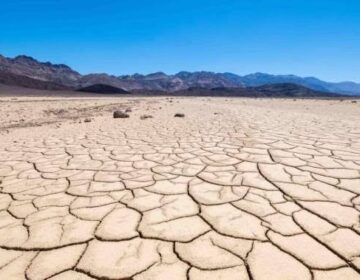Earthquakes striking supposedly stable regions. Long-dormant faults slowly regain strength over millions of years, storing stress until one sudden break releases it.
These shallow quakes are often triggered by human activities and can be surprisingly damaging.
Earthquakes in places such as Utah (USA), Soultz-sous-Forêts (France), and Groningen (the Netherlands) are not supposed to happen, even after decades of human activity beneath the surface.
Geological theory holds that in shallow layers of the Earth, faults strengthen once they begin to move, making further motion less likely. That should, in principle, prevent earthquakes from forming. Yet tremors still occur in these supposedly stable regions. To understand why, researchers from Utrecht University investigated the mystery.
Their study, published in Nature Communications, found that after millions of years of inactivity, stress can quietly build up along faults until it is suddenly released in a single event. This finding is key for identifying safe sites for geothermal energy, energy storage, and other subsurface technologies.
“Faults can be found almost everywhere. Faults in the shallow subsurface are usually stable, so we do not expect shock movements to occur along them,” says Dr. Ylona van Dinther, who supervised the research.
Nevertheless, shock movements often do occur in the stable first few kilometres of the subsurface. In such instances, we generally find a correlation with human activities. What exactly explains that paradox of shallow faults, which become stronger with movement, but then suddenly become weak and are subsequently released with a tremor?







